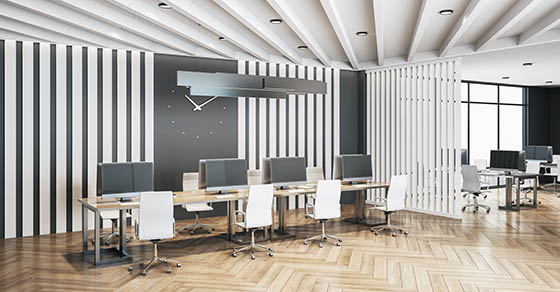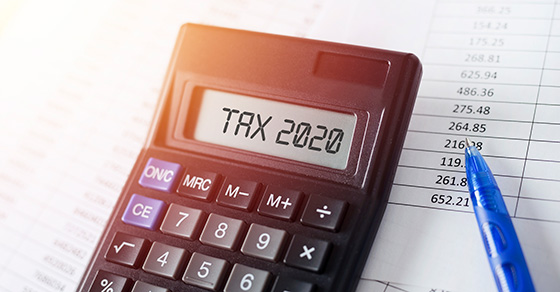Your business may be able to claim big first-year depreciation tax deductions for eligible real estate expenditures rather than depreciate them over several years. But should you? It’s not as simple as it may seem.
Qualified improvement property
For qualifying assets placed in service in tax years beginning in 2023, the maximum allowable first-year Section 179 depreciation deduction is $1.16 million. Importantly, the Sec. 179 deduction can be claimed for real estate qualified improvement property (QIP), up to the maximum annual allowance.
QIP includes any improvement to an interior portion of a nonresidential building that’s placed in service after the date the building is placed in service. For Sec. 179 deduction purposes, QIP also includes HVAC systems, nonresidential building roofs, fire protection and alarm systems and security systems that are placed in service after the building is first placed in service.
However, expenditures attributable to the enlargement of the building, any elevator or escalator, or the building’s internal structural framework don’t count as QIP and must be depreciated over several years.
Mind the limitations
A taxpayer’s Sec. 179 deduction can’t cause an overall business tax loss, and the maximum deduction is phased out if too much qualifying property is placed in service in the tax year. The Sec. 179 deduction limitation rules can get tricky if you own an interest in a pass-through business entity (partnership, LLC treated as a partnership for tax purposes, or S corporation). Finally, trusts and estates can’t claim Sec. 179 deductions, and noncorporate lessors face additional restrictions. We can give you full details.
First-year bonus depreciation for QIP
Beyond the Sec. 179 deduction, 80% first-year bonus depreciation is also available for QIP that’s placed in service in calendar year 2023. If your objective is to maximize first-year write-offs, you’d claim the Sec. 179 deduction first. If you max out on that, then you’d claim 80% first-year bonus depreciation.
Note that for first-year bonus depreciation purposes, QIP doesn’t include nonresidential building roofs, HVAC systems, fire protection and alarm systems, or security systems.
Consider depreciating QIP over time
Here are two reasons why you should think twice before claiming big first-year depreciation deductions for QIP.
1. Lower-taxed gain when property is sold
First-year Sec. 179 deductions and bonus depreciation claimed for QIP can create depreciation recapture that’s taxed at higher ordinary income rates when the QIP is sold. Under current rules, the maximum individual rate on ordinary income is 37%, but you may also owe the 3.8% net investment income tax (NIIT).
On the other hand, for QIP held for more than one year, gain attributable to straight-line depreciation is taxed at an individual federal rate of only 25%, plus the 3.8% NIIT if applicable.
2. Write-offs may be worth more in the future
When you claim big first-year depreciation deductions for QIP, your depreciation deductions for future years are reduced accordingly. If federal income tax rates go up in future years, you’ll have effectively traded potentially more valuable future-year depreciation write-offs for less-valuable first-year write-offs.
As you can see, the decision to claim first-year depreciation deductions for QIP, or not claim them, can be complicated. Consult with us before making depreciation choices.



